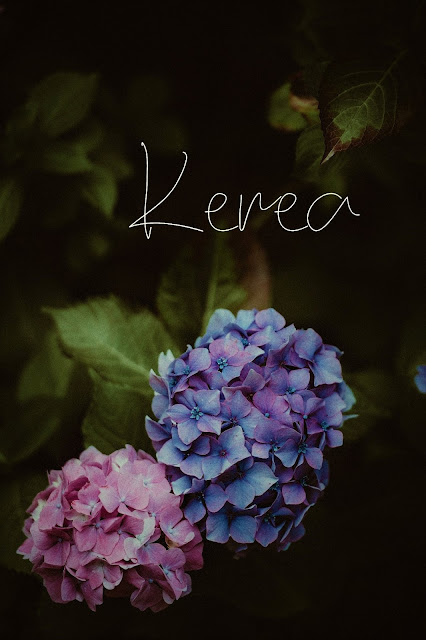Kerea 3341
Kerea, the second month of summer, is named for Ceres, the Roman Goddess of the grain and harvest. We see ripening crops across the northern hemisphere this month and hope for the right weather at the right time. We come through hot days and warm nights to the Festival of Regeneration, where we acknowledge that eternal mystery first marked so long ago by the first farmers: the death and rebirth of the grain, of life, of humans -- of maid.
Though the summer months are sparser on festivals compared to the winter months, a lot of meaning is packed into those we do have, all of them concerned with life and death as represented in the grain, crops whose cycles have been fashioned into mirrors that reflect as much as inform our ways of looking at life and what comes after. Much has been said and will continue to be said about how a single grain must be planted and break utterly apart to form new life, life in abundance; and these images are but continuations from the beginning of our agricultural endeavours where we closely identified with the grain and its cycles. Many cultures across Europe and the Mediterranean believed the dead, buried in the ground, continued to live in the earth below and could be called on to help the crops grow. Interconnected in this way -- fed by the grain that lived and died and grew again the next year, grain that was grown by joint endeavour between the living and the dead, that major crop each summer that meant survival until next year -- summer is rife with the tension between life and death in many, many ways. It is a beautiful connection to this rich heritage we preserve in our festival of Chelanya near the end of Kerea.
~-~
Usually I'm pretty good at catching repeated use of fonts -- I try to keep from using the same one or similar ones too often in a row.
Just. . . . not this time. I didn't even clock that the same font had showed up on both Rosea and Hera until I realised I was using it again on Kerea! It's safe to say I like this font. 😆



Comments
Post a Comment